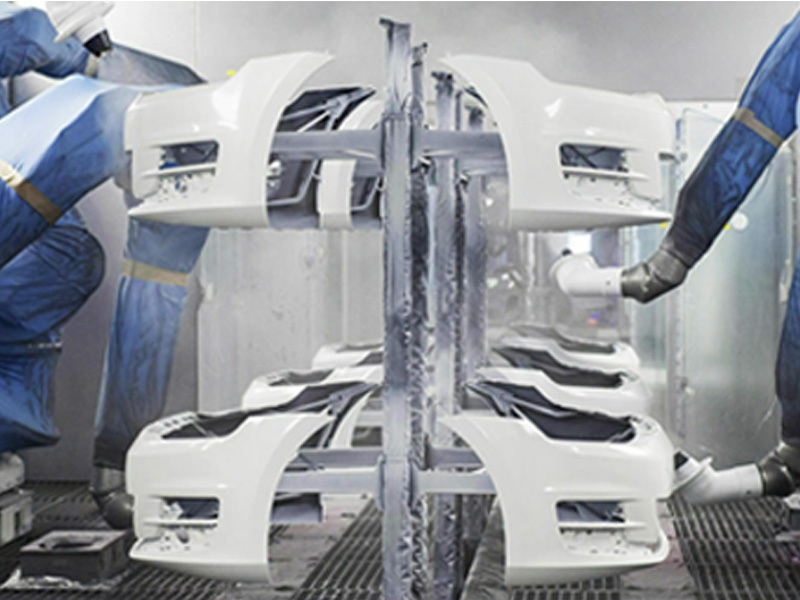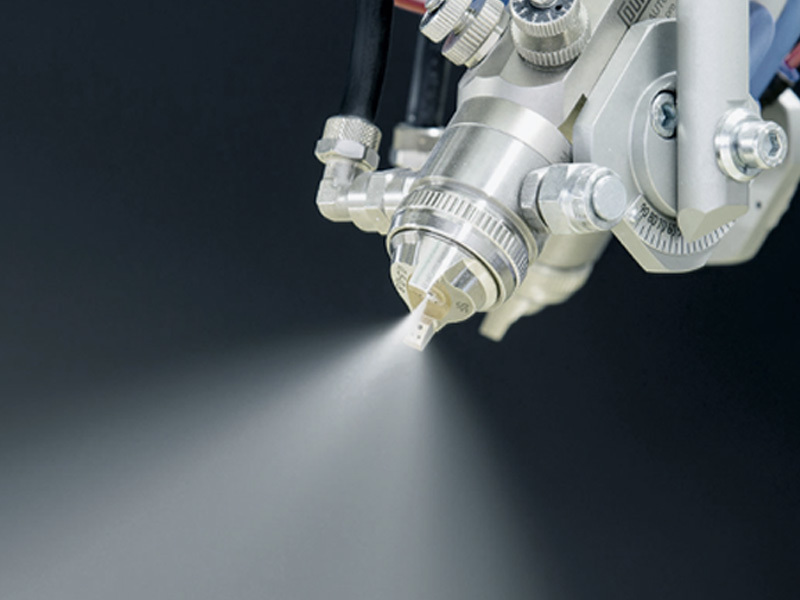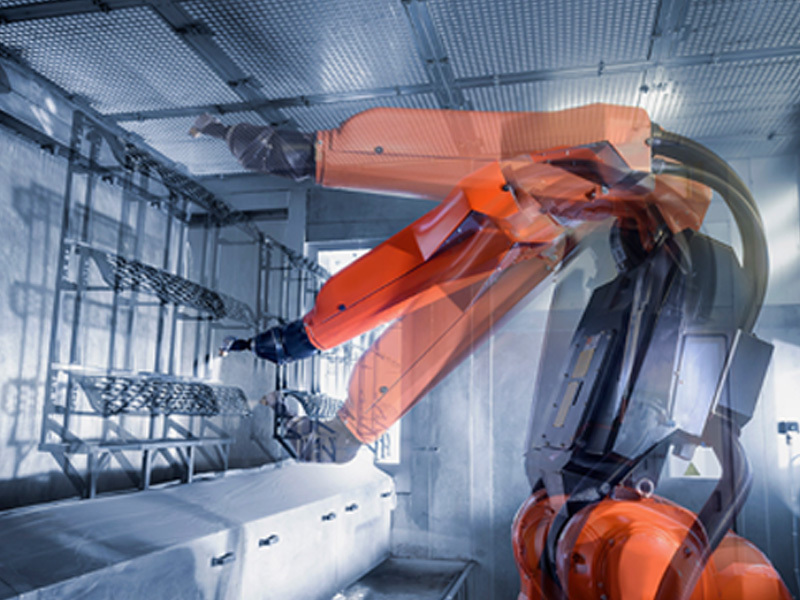Unleashing Efficiency: The Advantages of a Professional Machine Spray Robot
Release time:
2025-06-11
In the realm of industrial equipment and components, the introduction of professional machine spray robots has significantly transformed the way painting and coating tasks are executed. These advanced systems are designed to deliver high-quality finishes with unparalleled efficiency, making them essential in various manufacturing settings. One of the primary advantages of using a professional mach

In the realm of industrial equipment and components, the introduction of professional machine spray robots has significantly transformed the way painting and coating tasks are executed. These advanced systems are designed to deliver high-quality finishes with unparalleled efficiency, making them essential in various manufacturing settings.
One of the primary advantages of using a professional machine spray robot is the remarkable precision it offers. Unlike manual spraying, which can lead to inconsistencies and human errors, these robots utilize advanced programming and calibration techniques to ensure even coverage and optimal application of paint. This precision not only enhances the overall finish but also reduces the amount of paint waste, ultimately leading to cost savings.
Moreover, professional machine spray robots are equipped with sophisticated sensors and control systems that allow them to adapt to different surfaces and materials. This adaptability is crucial in industries where various products require specific coating techniques. For example, a robot can easily switch between spraying delicate automotive parts and robust industrial components, all while maintaining high standards of quality and performance.
Safety is another significant factor in favor of adopting a professional machine spray robot. Manual spraying can expose workers to hazardous chemicals and fumes, posing health risks over time. By automating the spraying process, companies can minimize these risks, creating a safer work environment. Additionally, robots can operate in hazardous conditions where human intervention would be unsafe, further enhancing workplace safety.
The efficiency of a professional machine spray robot also translates into faster production cycles. These machines can operate continuously and are capable of performing repetitive tasks without fatigue. As a result, businesses can increase their output rates while maintaining high-quality standards. This efficiency is especially beneficial in industries with tight deadlines and high demand, as it allows for quicker turnaround times without compromising on quality.
Furthermore, incorporating a professional machine spray robot into your production line can lead to better consistency in product quality. By eliminating variations caused by human operators, companies can ensure that every product meets the same high standards. This consistency not only bolsters customer satisfaction but also enhances brand reputation in a competitive market.
In conclusion, the integration of a professional machine spray robot into industrial painting processes offers numerous advantages, including enhanced precision, improved safety, and increased efficiency. As industries continue to evolve and seek ways to optimize their operations, these advanced spraying systems stand out as a pivotal solution, driving innovation and productivity in the manufacturing landscape. Embracing this technology can lead to significant improvements in both output and quality, making it a wise investment for forward-thinking businesses.
One of the primary advantages of using a professional machine spray robot is the remarkable precision it offers. Unlike manual spraying, which can lead to inconsistencies and human errors, these robots utilize advanced programming and calibration techniques to ensure even coverage and optimal application of paint. This precision not only enhances the overall finish but also reduces the amount of paint waste, ultimately leading to cost savings.
Moreover, professional machine spray robots are equipped with sophisticated sensors and control systems that allow them to adapt to different surfaces and materials. This adaptability is crucial in industries where various products require specific coating techniques. For example, a robot can easily switch between spraying delicate automotive parts and robust industrial components, all while maintaining high standards of quality and performance.
Safety is another significant factor in favor of adopting a professional machine spray robot. Manual spraying can expose workers to hazardous chemicals and fumes, posing health risks over time. By automating the spraying process, companies can minimize these risks, creating a safer work environment. Additionally, robots can operate in hazardous conditions where human intervention would be unsafe, further enhancing workplace safety.
The efficiency of a professional machine spray robot also translates into faster production cycles. These machines can operate continuously and are capable of performing repetitive tasks without fatigue. As a result, businesses can increase their output rates while maintaining high-quality standards. This efficiency is especially beneficial in industries with tight deadlines and high demand, as it allows for quicker turnaround times without compromising on quality.
Furthermore, incorporating a professional machine spray robot into your production line can lead to better consistency in product quality. By eliminating variations caused by human operators, companies can ensure that every product meets the same high standards. This consistency not only bolsters customer satisfaction but also enhances brand reputation in a competitive market.
In conclusion, the integration of a professional machine spray robot into industrial painting processes offers numerous advantages, including enhanced precision, improved safety, and increased efficiency. As industries continue to evolve and seek ways to optimize their operations, these advanced spraying systems stand out as a pivotal solution, driving innovation and productivity in the manufacturing landscape. Embracing this technology can lead to significant improvements in both output and quality, making it a wise investment for forward-thinking businesses.











